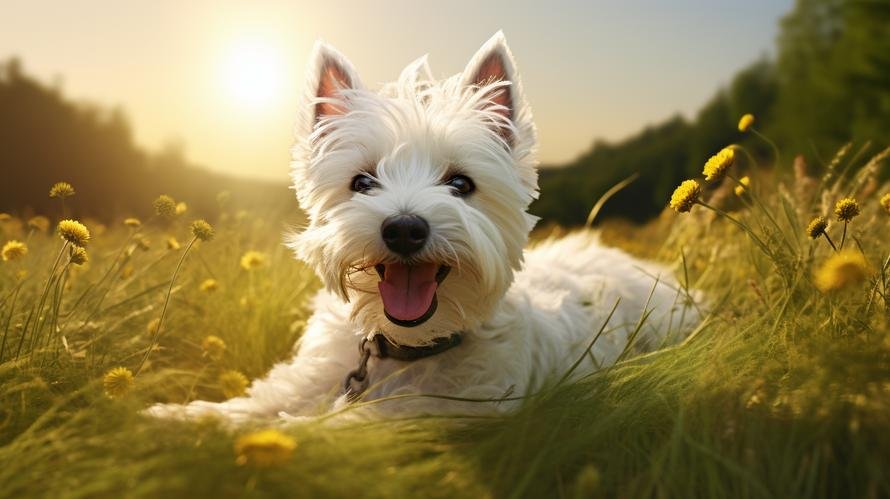Despite their small size and ‘cute as a button’ appearance, the West Highland White Terrier, more affectionately known as the Westie, is a dog breed carved out of endurance, courage, and tenacity. Originating from the rugged terrains of Scotland, these feisty terriers were used for hunting and chasing vermin out of their hiding places. Such a history might make you wonder if the Westie could pose an aggressive threat to its surroundings. But, like many facets of life, the true nature of a Westie is a beautifully intricate interplay of lineage, upbringing, and oodles of little intricacies. So, let’s embark on this journey of understanding if a Westie is actually aggressive, and if so, how to deal with it.
The first impression that a Westie leaves on anyone is probably its stunning white coat. But beneath this plush layer, there beats a heart of a true terrier, brave and spirited. Westies have been bred to be independent and somewhat stubborn, showing assertiveness in their demeanor. They are also known for their alertness and agility, traits that make them excellent watchdogs. However, these inherent characteristics do not directly translate to aggression. Whilst they do retain their feisty terrier streak, their small size and sociable nature generally make them less aggressive than their larger Terrier cousins.
Considering their hunting history, Westies can exhibit what is often dubbed as ‘prey-driven’ behavior. They’re likely to chase small animals like squirrels and bunnies, something they would have done when unleashed on rodents back in their homeland. This behavior might come off as aggression to the untrained eye, but it’s more about their instinctual drive rather than outright hostility.
An important factor that could affect a Westie’s temperament is its upbringing. How the pup has been bred, socialized, and trained are incredibly influential on its personality as it grows. A well-socialized Westie, introduced to different people, pets, and scenarios at a young age, is usually more adaptable and less likely to exhibit aggressive behavior. Lack of socialization could lead to fear-based aggression, where the dog lashes out when it feels threatened or overwhelmed.
A Westie might show signs of aggression due to pain or discomfort as well. If your usually bright-eyed and bushy-tailed Westie starts showing signs of aggression, it may be worth bringing it up in your next vet visit.
The real crux of the matter is, aggression is not a common trait in well-bred Westies who have been properly socialized and trained. These small dogs stand true to the rather literal meaning of their name, a white terrier of the West; they are rugged and brave, yet also loving and loyal.
Taming potential aggression in Westie’s starts from the moment you bring the puppy home. Early training, focusing on simple commands like sit, stay, down, and no, helps establish a baseline of acceptable behavior. Positive reinforcement in the form of praise, treats, or petting is a powerful tool to reward good behavior and dissuade unfavorable ones.
Proper socialization is key to a well-adjusted Westie. Exposing your puppy to a variety of people, pets, and scenarios help build its confidence and reduce chances of fearful reactionary aggression. Regular exercise and interactive toys are also great ways to mitigate any destructive behavior stemming from boredom or pent-up energy.
Remember, owning a pet is not just about unconditional love; it’s also a commitment to understanding and working with the pet’s unique quirks and temperament. After all, a pet is an individual too, with its own set of emotions and behavioral patterns. And in the case of Westies, aggression is but one facet of their diverse personality, the manifestation of which can be largely managed with the right approach and a whole lot of love.
In the end, answering the question about Westie’s aggression comes with an understanding of their unique history. Are they aggressive due to their lineage? Possibly. Are they aggressive by nature? Not necessarily. Look for signs and deal with them positively. That feisty bundle of joy, with the iconic white fur, can be the most loving and loyal companion you’d ever find, with just a bit of patience and commitment.



